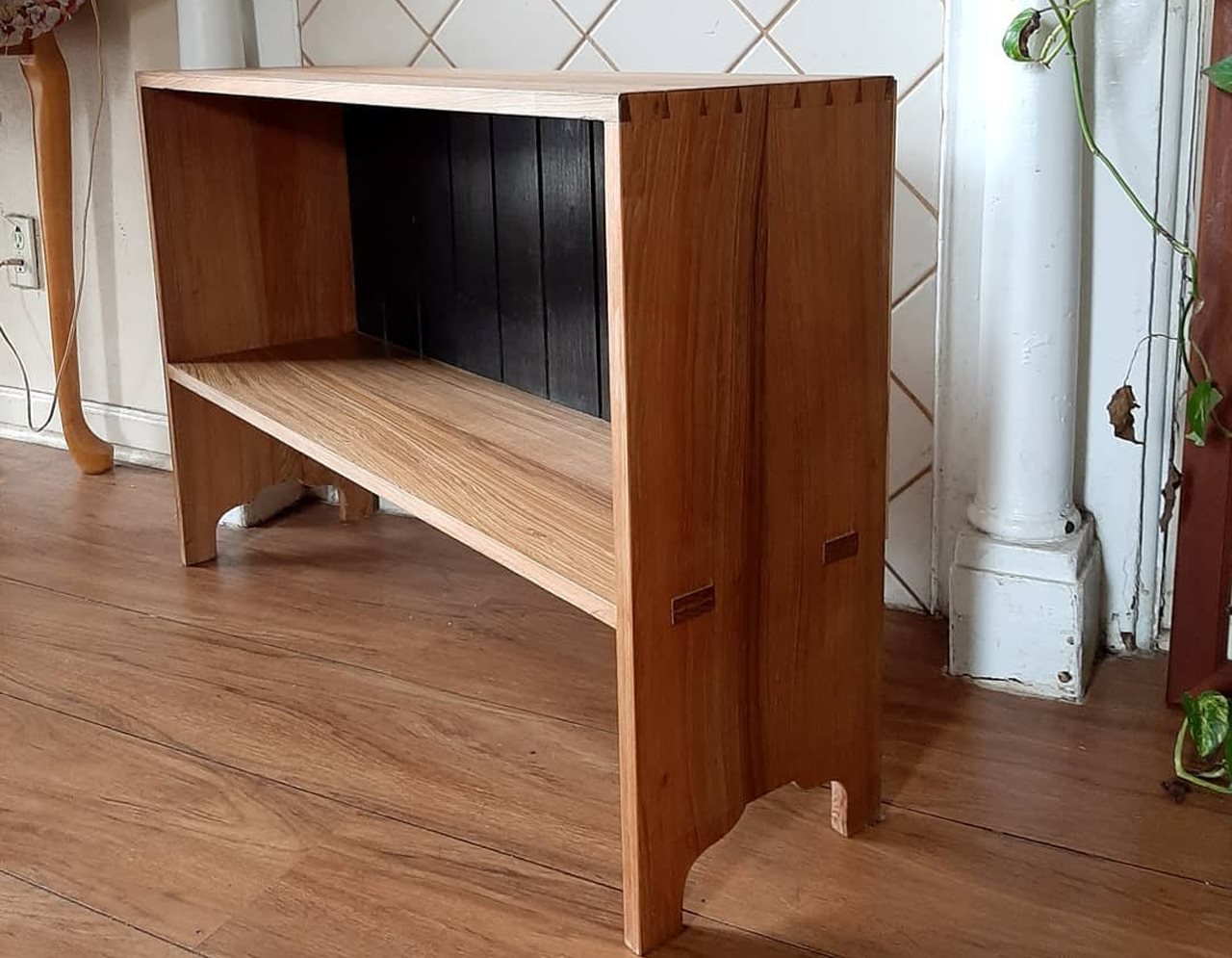2021-03-24T08:35:01
(BPT) – Have an RV, campervan or trailer sitting idle in your driveway? While you may have originally intended to use your RV throughout the year, a recent study by Go RVing found that most people use their RV only 20 days per year, on average. That means your RV sits unused about 345 days every single year — when it could be making you some serious cash. In the past year, travelers looking for RV rentals have increased exponentially, thereby boosting the wealth potential of your RV. Once you’ve learned how to rent, you could turn your RV into a great side hustle, or even a full-time business. And it’s a lot easier than you think.
RVing has become a booming industry over the past decade, with more people enjoying travel on their own terms by either owning or renting an RV. The popular RV rental platform Outdoorsy was already seeing 100% growth in RV rental bookings year-over-year before the pandemic hit, but since the start of COVID-19, interest in RVing has been skyrocketing. More people than ever before are checking out of hotels and into RVing as a great way to travel safely and stay self-contained in today’s environment, only to discover just how fun it can be to see the country in a whole new way. The platform has seen their bookings increase by more than 300% since the pandemic began, and this surge shows no sign of slowing down.
How much can you earn?
Income from renting out your RV will vary depending on how long you rent it out, the type of vehicle you own, how many vehicles you own, and where you live. But on average, RV owners listing on Outdoorsy made up to $36,000 per year for each vehicle listed on the platform. The highest grossing owner with a single vehicle made nearly $42,000 in 2020, and the highest grossing owner on the platform with multiple vehicles made nearly $2.4 million.
Here are some tips to turn your RV into a top money-maker:
- Decide when to rent. First, decide when you want your RV to be available for renting. Your region and climate will play a role in deciding the best weeks or months to make your RV open to renters. Just keep in mind, the more days your RV is available, the more income you can earn — especially during the peak summer months.
- Make sure your RV is in great shape. Set yourself up for success by getting your RV up-to-date on all repairs and maintenance, as well as being thoroughly cleaned and ready to go, inside and out.
- Find the best RV rental platform. The entire rental process is so much easier if you use a platform that does most of the work for you. For example, Outdoorsy.com provides RV owners with an easy-to-use listing portal, free access to listing coaches, as well as necessary insurance, 24/7 customer support, roadside assistance and a thorough vetting of renters — all geared toward making the process as seamless and transparent as possible for RV renters and owners alike.
- Take great photos. Use your smartphone to take good photos of your RV, and consider doing a quick video tour as well. Upload your video tour to Vimeo or YouTube and put a link to the video in your listing description. “Stage” your RV with cozy blankets, plants, books or a couple of cups of coffee to make the scene more enticing before taking pics or videos.
- Create a checklist of to-dos. Useful information found in Outdoorsy’s Owner Handbook can help with creating pre- and post-rental checklists. You’ll use these to ensure you’ve covered all of the essentials with your renter, like doing a thorough pre-rental tour and test drive of the RV to make sure they feel comfortable driving before their trip and to record any damage (or lack thereof) before and after their departure.
- Go the extra mile to inspire the best reviews. Being upfront and communicating well with renters throughout the process will help them have a good experience from beginning to end. But just as you would do if you were hosting on Airbnb, consider providing not only essentials like towels, flatware and coffee, but thoughtful perks to make a great impression, like a basket of snacks and a S’mores kit or travel-sized amenities and lawn games. And don’t forget to encourage renters to write a review on your listing page when you thank them for their business.
Interested in earning extra income? Learn how to rent out your RV at Outdoorsy.com.
















